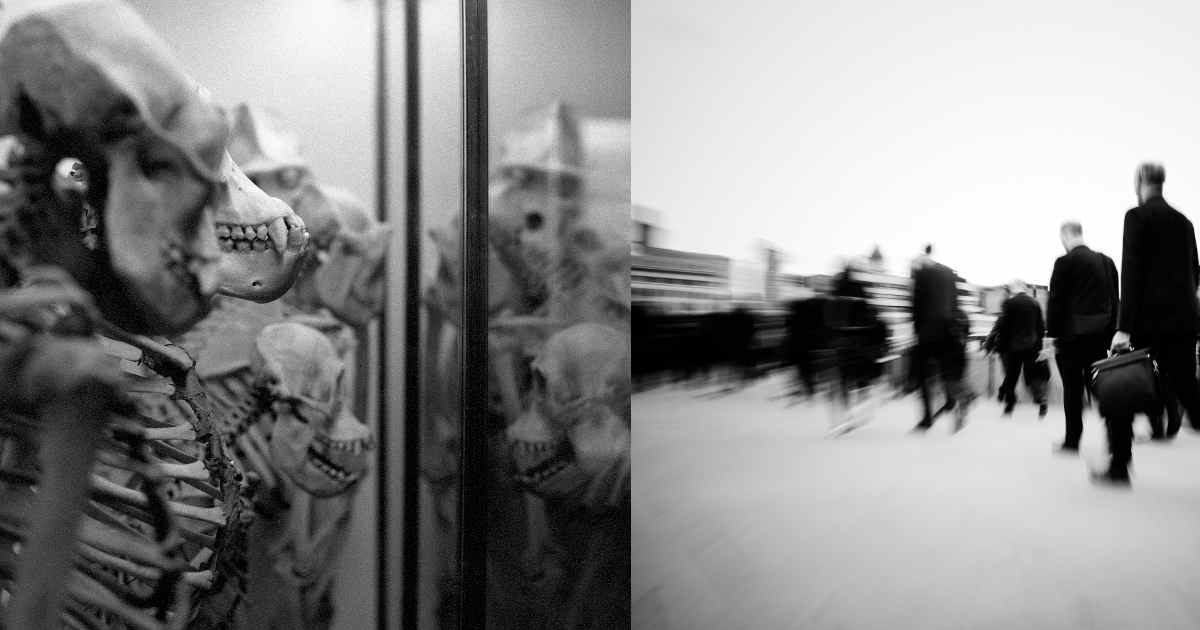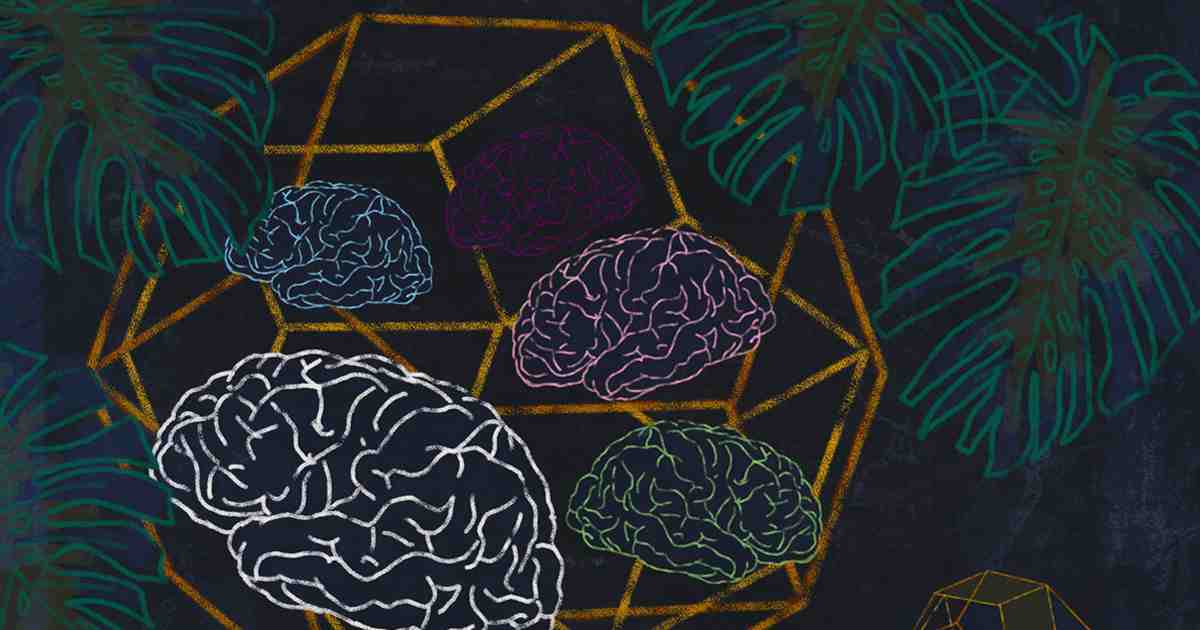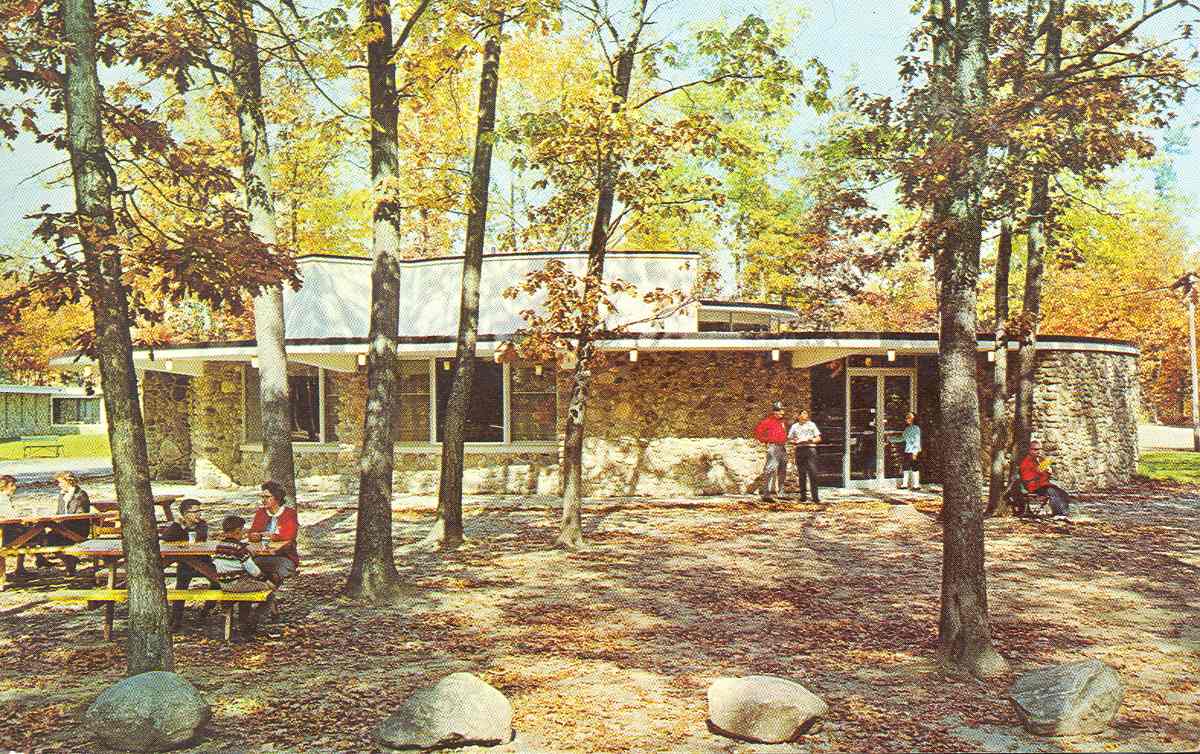
Walking onto the campus of Interlochen Arts Academy is like walking into a different world. For one, there is as much artistic genius per square foot as there is mathematical genius at MIT. There is also a richness of diversity. In a typical summer, 2,500 kids from all over the world and practically every state attend the camp for four to eight weeks of intense study in music, drama, creative writing, dance, and/or visual arts. There is a palpable sense of connection and community found in few places in the world. These kids appreciate differences and respect excellence even if the talent is not coming from the pretty and the popular. Indeed, most of these kids are on the margins of their home communities because they are different: very bright, very talented, non-conforming, and definitely atypical. Interlochen is a very unique place and space.
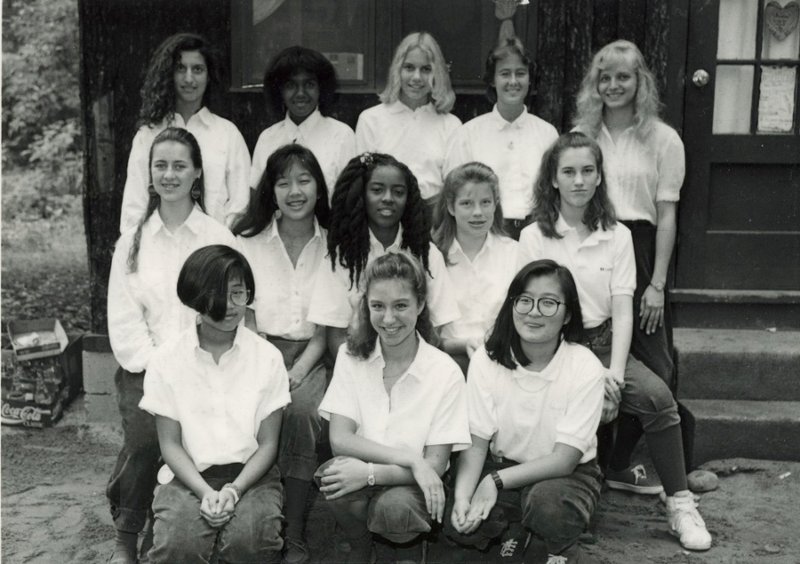
For 15 consecutive years, we had at least one daughter attending Interlochen Arts Camp in Northern Michigan. Our older daughter attended as a theater major for 5 years. Our younger daughter studied visual arts at the camp for 8 years and then enrolled in the Arts Academy for her last two years of high school. Both had fabulous experiences and formed life-long friendships. It is possible to create deep connections in a supportive community. Why is this the exception rather than the norm?
In a world in which the sense of community grows ever smaller, the importance of connection grows even larger. Churches are shrinking. Communities of interest and practice are narrowing. Communications are reducing to superficial tweets. In an increasingly alienated and alienating world, we need to establish deeper roots and stronger connections. It is ironic that we created the world wide web, and then retreated into selfies; and that our internet technologies, designed to free us, have resulted, instead, of liberating humans from their humanity.
David Brooks, a New York Times columnist, suggested that “people would rather live in solipsistic bubbles than build relationships across differences.”[1] We need to transcend communities of nation states and religions and move toward global communities of interest and practices—from closed bubbles to open borders. How do we accomplish that?
It will come as no surprise that I will use a scale to frame an answer to that question. It is possible to differentiate the level of support in a community by this five-point scale:
5.0: Inviting
4.0: Welcoming
3.0: Accepting
2.0: Tolerant
1.0: Intolerant
At level 1, an intolerant community rejects differences that don’t conform to rigid and fiercely held beliefs, practices, and preferences. This intolerance manifests itself in racism, religious persecution, nationalism, ethnocentrism, sexism, homophobia, xenophobia, etc. An intolerant community has a cultural immune system that spits out any behavior or belief that threatens a particular point of view.
At level 2, a tolerant community resists and/or regulates against overtly discriminatory practices. Tolerance has the smell of dealing with differences but not particularly liking them. There is usually some visceral resentment in the air and a grudging realization that these differences are here to stay—so a certain amount of political correctness is in order. Tolerant communities are better described as enduring, shouldering, bearing, coming to grips with, and handling than committed, compassionate, and caring.
At level 3, an accepting community opens doors and borders, as the case may be, and says “yes” to difference. Acceptance means that a community gives credence to differences, puts confidence in newness, and is convinced of the validity of unique propositions that don’t necessarily conform to established norms. When countries accept migrants from Syria, for example, that means they take steps to help people become involved in the community and engage with them in constructive ways. There is a big difference between being tolerated and being accepted.
At level 4, a welcoming community regards newness and difference with approval. People are not only “let in,” but they are also received favorably and embraced. They are offered friendship and integrated into the fabric of the community. Just as the beauty of a tapestry is enhanced with different colors and fabrics, a community is improved by incorporating different ideas, backgrounds, orientations, and beliefs. Many people in Austria, for example, welcomed migrants intro their community by bringing needed supplies to people as they crossed the border.
At level 5, an inviting community reaches out to people with different skills and experiences and actively seeks ways to incorporate them into the community. They look for sources of common ground and leverage differences to enrich the community for all. An inviting community has a spirit of inclusivity instead of exclusivity. Openness is seen as enriching the culture.
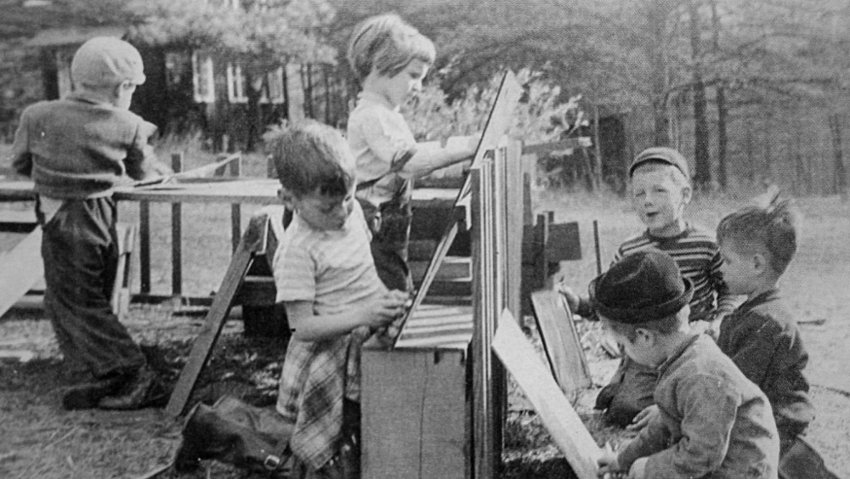
Within each of these communities, there are different levels of connection. Social connectedness is a measure of how people come together and interact. At an individual level, social connectedness involves the quality and quantity of connections one has with other people in a social circle. One question being raised in this post is how big is that circle. Several common components of connectedness are the duration of a relationship, the frequency of interaction, the knowledge of the other person’s goals and aspirations, the physical intimacy with the other person, the degree of self-disclosure to the other person, and the familiarity of the other person with the rest of your social circle.
Over 30 years ago, Barry Cohen and I wrote a book, Connectedness, which proposed that connectedness involves the connection to yourself, to others, and to a higher purpose. Connecting to yourself means having a high level of awareness of your thoughts, feelings, and actions. One can connect to others physically, emotionally, intellectually, and spiritually. Connecting to a higher purpose means having a mission beyond yourself. Leroy Spaniol, a Director at the Center for Psychiatric Rehabilitation at Boston University, later re-purposed this book for psychiatric patients and achieved remarkable results. After all, don’t most psychological difficulties revolve around a lack of connectedness?
Connectedness, however, should be seen as more than a solution to individual mental health issues; it should be seen as a goal for our global community. Currently, there are over 4 million “displaced” people from Syria alone, and over 40 million people who have had to leave their communities for one reason or another. I have a hard time imaging what the experience of feeling totally disconnected and being viciously rejected by one community after another must be like.
For me, feeling deeply connected in the widest community is of ultimate importance. Since I don’t belong to any traditional communities (e.g. churches, clubs, societies, etc.) and I don’t identify with any religion or nationality, it is absolutely critical for me to feel connected to a small circle of people I love as well as to the large circle of humanity as a whole—independent of race, religion, or nationality. For example, I have an especially strong connection to a niece who is practicing mediation, yoga, and energy healing. She is a free spirit with a warm and loving heart. She once said to me, “Wherever we are, we are here now together.” That’s the best description of connectedness in our community on this earth as I can imagine.
Connection and community are more than abstract notions that don’t represent the specificity of human experience; they reflect the essential needs of human life. Being deeply connected on “Community Earth” has profound implications for how we play out our tenuous and limited existence here. Maybe our world leaders should spend a week or two in summer camp at Interlochen. They may learn what a welcoming and inviting community looks like and what deep connections feel like. Who knows, they may even take Pope Francis’s advice to quit serving ideologies and start serving each other.
References: [1] David Brooks, “The Anti-Party Men: Trump, Carson, Sanders and Corbyn,” New York Times, 9/8/2015. http://www.nytimes.com/2015/09/08/opinion/the-anti-party-men-trump-carson-sanders-and-corbyn.html?_r=0
Also published on Medium.
